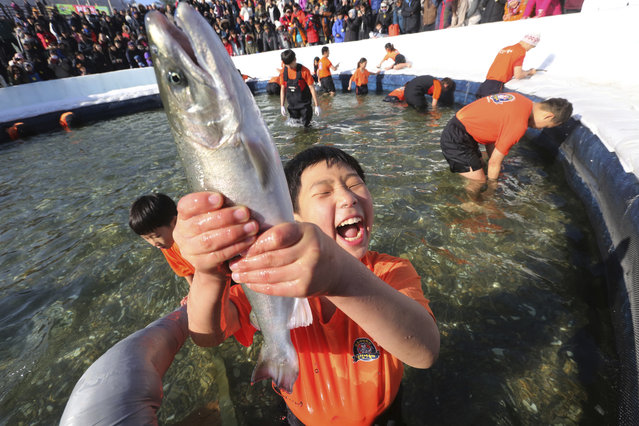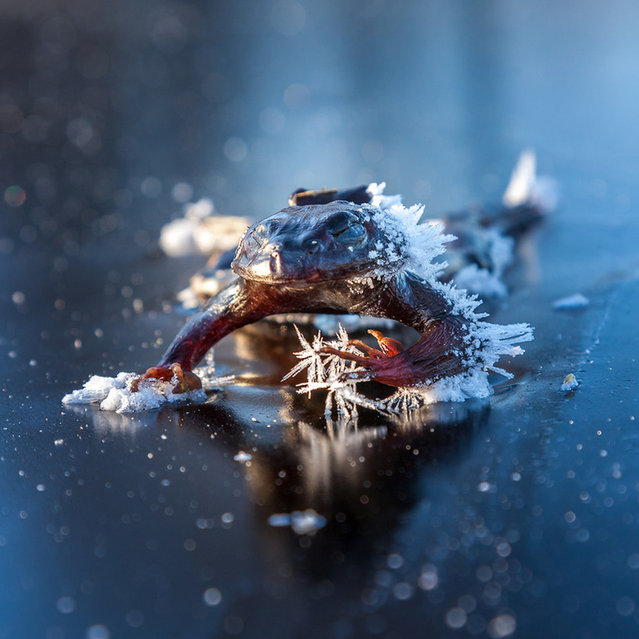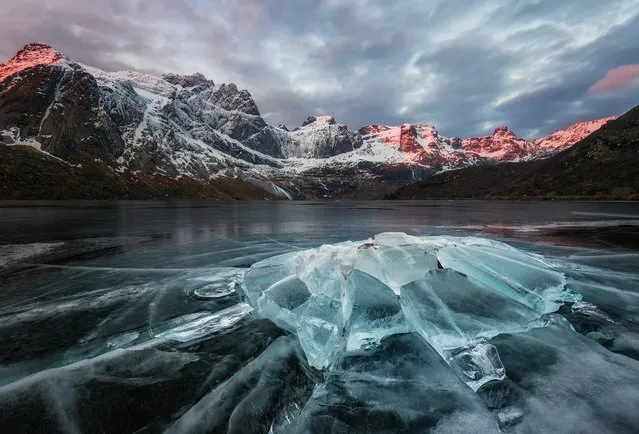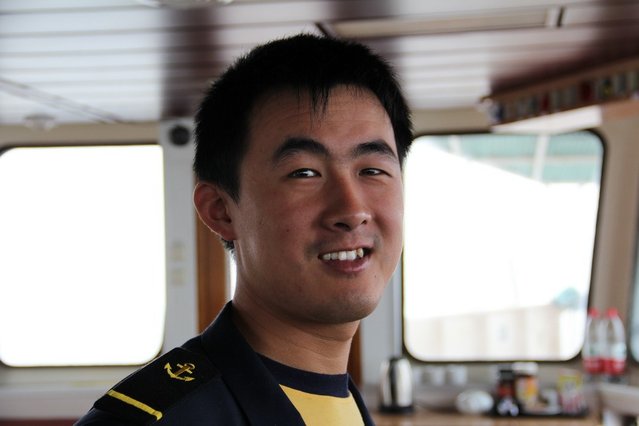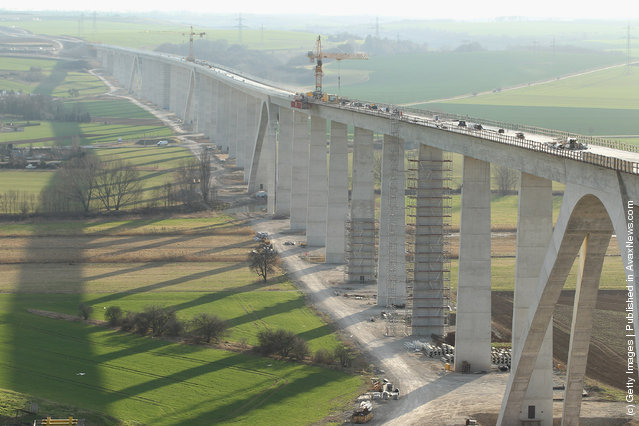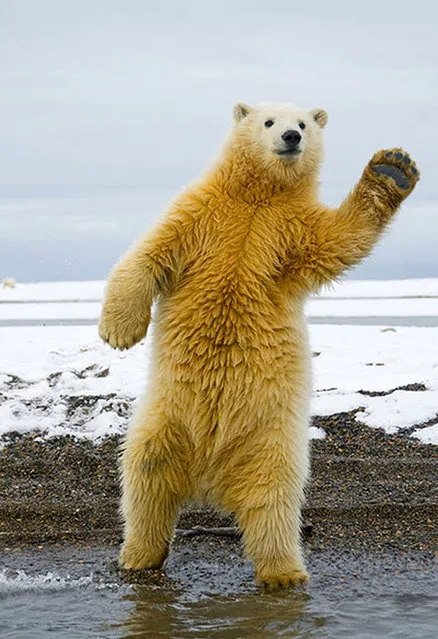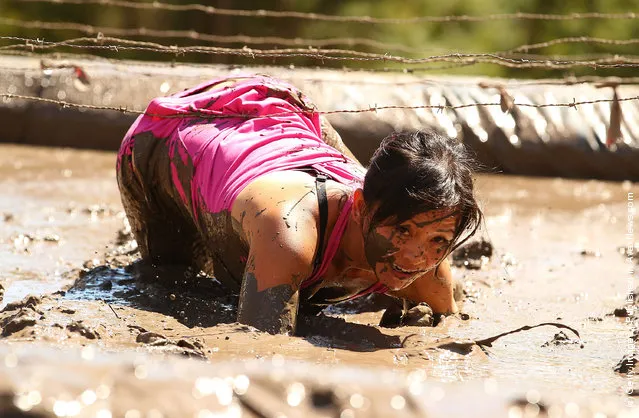
Russian Olympic Committee's goaltender Mariia Sorokina (foreground L) and teammate Veronika Korzhakova (foreground R) attempt to stop a shot by Switzerland's Phoebe Staenz (R) during the women's preliminary round group A match of the Beijing 2022 Winter Olympic Games ice hockey competition between players of Russia's Olympic Committee and Switzerland, at the National Indoor Stadium in Beijing on February 4, 2022. (Photo by Bruce Bennett/Reuters)
07 Feb 2022 07:29:00,post received
0 comments

